How to Persuade Cut Flowers to Stay Fresh and Beautiful Twice as Long
Whether they come from your garden, the market, or florist, you can persuade cut flowers to remain beautiful for weeks longer when you are careful to follow a few fabulous flower secrets.
Know Thy Enemy
The first thing is to know your enemy. Actually, there are two: 1) bacteria and 2) drought. Defeat both and your flowers will last and last. You will be amazed!
Start with a Clean Vase
Scrub it with soap and hot water, and rinse well. This will guarantee a clean, bacteria-free vessel and give those beautiful flowers the best environment possible in which to extend their life.
Disinfect
Add 1/4 teaspoon of liquid bleach for each quart of water you add to your vase or container of choice. This will slow down the growth of bacteria and fungus in the water without harming or affecting the flowers. Not anxious to use bleach? Hydrogen peroxide is a reasonable substitute.
Change the Water Frequently
The moment the vase water turns cloudy you know bacteria is present. Cloudy water is proof positive that bacteria are having a field day in that vase. Change it every day or as needed with the same formula of 1/4 teaspoon bleach (or hydrogen peroxide) per quart of water or a new batch of homemade flower food (in a bit) and quickly snip a bit from the end of each stem before plunging them back into the water.
Condition the Stems
Cut flowers will die of thirst even when standing in water if the stems have not been conditioned to draw that water all the way to the blooms. That’s because when cut, a flower stem quickly seals its “wound,” preventing it from drawing water.
 Cut 45-degree angle
Cut 45-degree angle
Before plunging the stems into the vase of water, fill your sink or large bowlwith enough warm water to immerse the stems. Now, using a sharp knife (not scissors, as this will crush the veins and immediately close them off) cut each stem at a 45-degree angle while underwater to allow for the least harm while keeping that stem open to draw the greatest amount of water possible up through the stem and all the way to the flower itself.
 Remove leaves below the waterline
Remove leaves below the waterline
You want to remove any leaves on the stems of cut flowers that will be below the waterline once in the vase, using a sharp knife or by stripping them off with your fingers, still while underwater. The reason it’s so important to remove those leaves is that if left intact, submerged leaves will quickly rot and promote bacteria and algae growth.
 Woody stems
Woody stems
Some flowers like lilacs, dogwood, crab apple, azalea, camellia, and forsythia have “woody” stems. They look more like branches than stems and require a specific treatment to help them draw water.
Split the last two inches of the stem with a sharp knife. Next, pound that part of the woody stem with a hammer until it is well frayed. Now, that stem will allow water to draw all the way to the blooms.
Stems with nodes
Certain types of flowers require different, yet specific stem treatments. For example, when cutting carnations and similar flowers with spaced bumps on the stems, make your cut between the nodes of the stalk. This allows the flower to more easily draw the water it needs.
Pro Tip
You can extend the life of some flowers by removing them from the vase, making a new cut at the base of the stem, then replacing them in the vase with fresh conditioned water. Or once you’re sure a stem in the vase has passed its prime and it looks dead, remove it from the bouquet. Now it will not contaminate the water and the still-alive flowers that remain.
 Lilies and their stamen
Lilies and their stamen
Lilies, particularly the Stargazer and Asiatic varieties, have dark orange pollen nodes on their stamen, which are not part of the stem, but need conditioning nonetheless.
These stamen will leave a permanent stain on anything they touch, especially clothing and table linens.
Carefully remove that part of the stamen with small sharp scissors before conditioning the stems for placement in the vase. This will lengthen bloom time and also protect your hands, clothes, and linens.
 Thorny stems
Thorny stems
When you purchase roses from a florist, the thorns have most likely been removed. When you purchase cut flowers in bulk from a flower mart or other bulk source—sometimes called a “grower’s bunch”—or you cut them from your own garden, you will need to remove the thorns from the stems with a sharp knife, working from the top down to put less stress on the stem. Don’t attempt to pull them off or use scissors or pliers. A sharp knife is your best option.
Nourish the Flowers
Even though these beautiful flowers have been cut from their life-giving roots, they are still alive. Feed them and they will return the favor with more time to enjoy them. What follows are options that have been tested and proven to do just that. However, not all will return the same result. Pick and choose according to what you have available.
Sugar
Just by adding one or two teaspoons of sugar to the water in your flowers’ vase, more or less depending on the size of the vase, you can extend flower life. I suspect that the sugar gives the flowers nutrients that they’re not getting now that they’re no longer in the ground.
Vinegar with sugar
It is true that vinegar inhibits bacteria growth. The trick here is actually mix sugar and vinegar into the vase water before adding the flowers. This does make for an effective life-extending combo.
Clear soda
Something like 7-Up or Sprite will help keep your flowers lasting longer without turning the clear water murky brown. The science behind it? The sugar in the soda helps feed the flowers and the acidity of the citrus helps lower the pH of the water, allowing the flowers to draw in more nutrients.
Vodka
Due to the presence of ethylene—the chemical also responsible for bananas browning and avocados softening—flowers bloom and eventually wilt. Vodka works because it slows the flowers’ natural production of ethylene.
Flower food
If you’ve ever thrown away that little packet of flower food that comes with your stems, you’re doing your bouquet no service. A packet of flower food contains sugar to feed the flowers, bleach or something like it to keep bacteria from growing, and acid to lower the pH of the water so that the flowers can eat more effectively. While there are many ways to keep flowers fresher for longer, in my experience, flower food is the clear winner.
DIY flower food
If you’re cutting flowers from your own garden, or grabbing growers’ bunches from the supermarket, you are not likely to get packets of flower food to go with them. Taking time to make nutritious food for your beautiful cut flowers is so worth the effort. Your flowers will return the favor by staying beautiful without the need for you to change the water every day, but only as necessary when it starts becoming cloudy.
NOTE: Flower food, whether in the packet or homemade, should be used in place of the bleach or hydrogen peroxide mentioned above to disinfect the vase water.
You’ll need:
-
- 1 teaspoon white granulated sugar
- 1/2 teaspoon liquid household bleach
- 1/4 teaspoon citric acid OR 2 teaspoons lemon (or lime) juice
- 1 quart water, lukewarm
Instructions:
Add the quart of tepid water to the vase. In a small cup or bowl, mix the sugar, bleach, and citric acid (or lemon/lime juice) together until the sugar looks almost dissolved. Add this mixture to your vase of water. Stir, and immediately add freshly cut flowers. Enjoy their beauty all week long, possibly even longer!
CAUTION: Follow the correct measurements and don’t mix more than one batch at a time. If you increase or alter the measurements provided, you may end up with a vapor that could irritate eyes and sinuses, so dispose of any unused flower food by pouring it down the drain.
This flower food is super easy to make using common pantry items. Try it! You’ll never see prematurely drooping blooms again and that means much longer lasting fragrant cut flower bouquets.
On the Flip Side
There are tricks that some people claim work wonders to extend the life of cut flowers, that don’t really work at all. According to the folks at treehugger.com, whose team ran extensive tests to discover which tips actually work, don’t consider the following:
Pennies
Aspirin
There are some who swear by adding aspirin to their flower vase water to work lifespan miracles. However, testing this beloved trick showed that it not only did not help the flowers but actually caused them to wither and die more quickly.
Ah … Flowers!
There’s nothing quite so lovely as a bouquet of beautiful cut flowers. Follow these simple tips and you’ll be able to display cut flowers with confidence and pride for much longer than only a few days. A few weeks sounds a lot better to me.

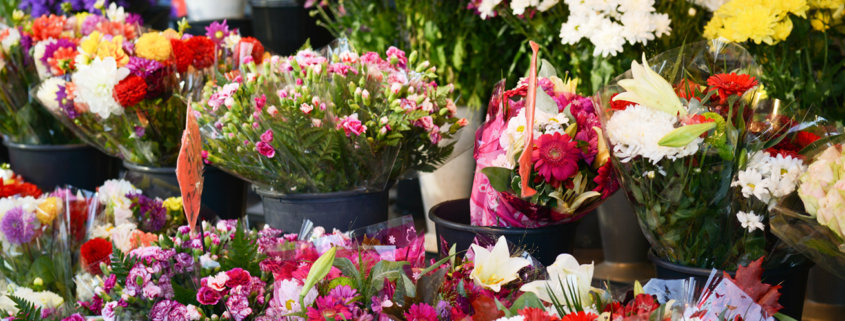
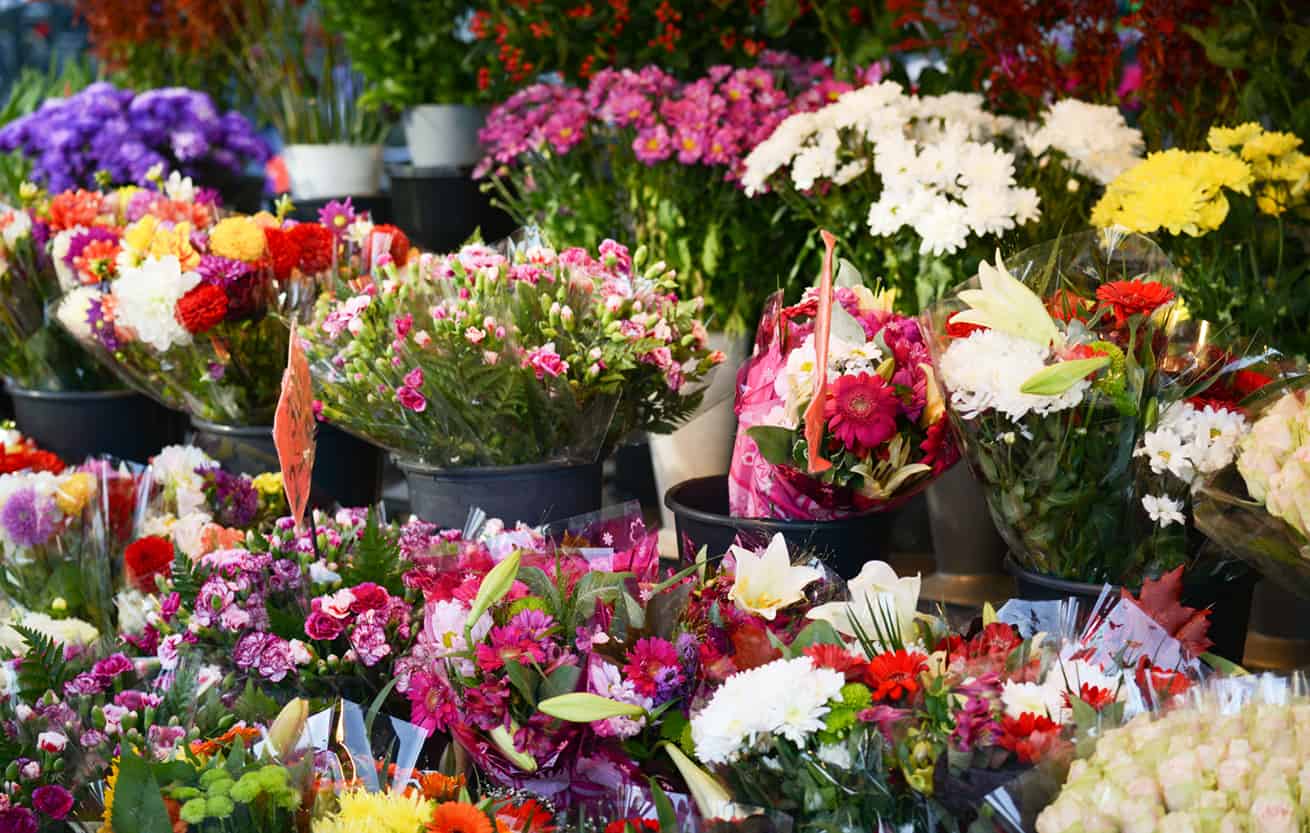
 Cut 45-degree angle
Cut 45-degree angle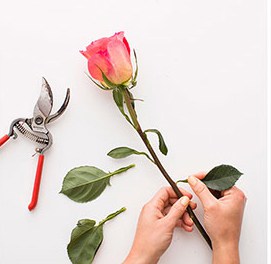 Remove leaves below the waterline
Remove leaves below the waterline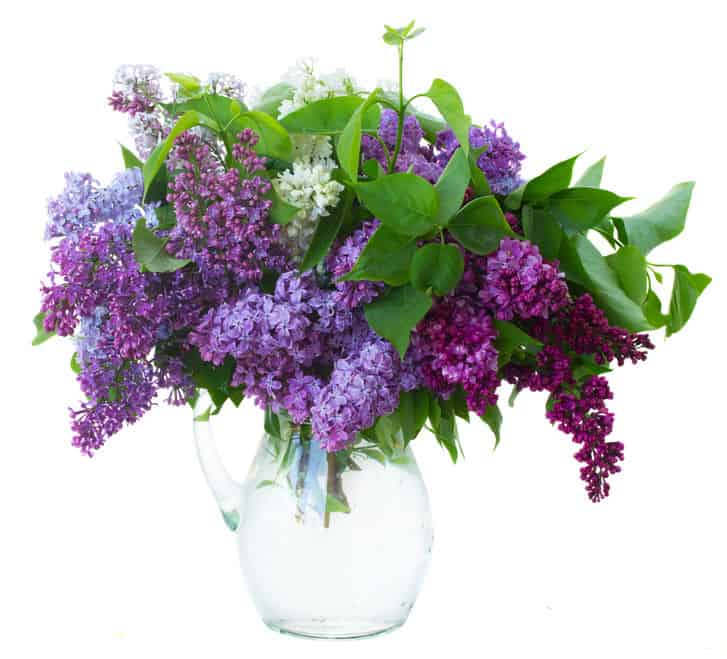 Woody stems
Woody stems
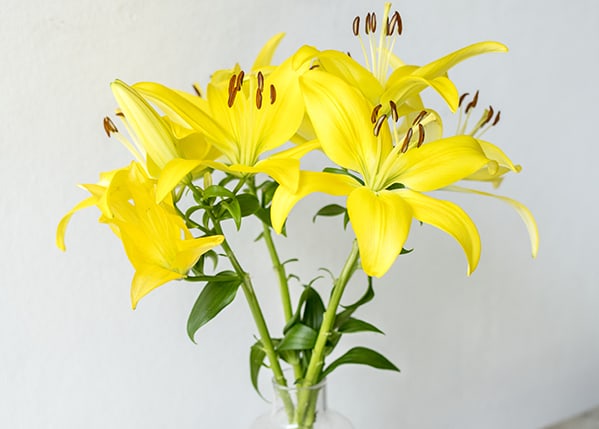 Lilies and their stamen
Lilies and their stamen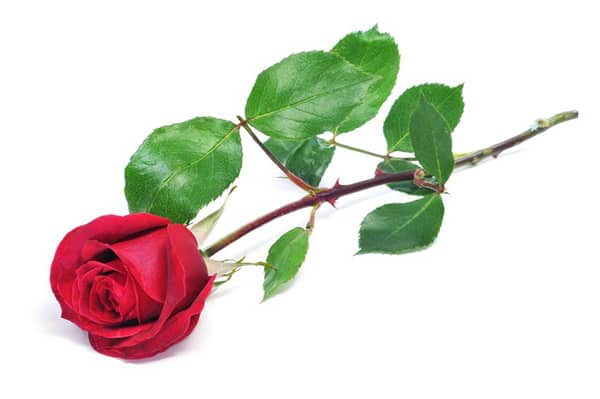 Thorny stems
Thorny stems
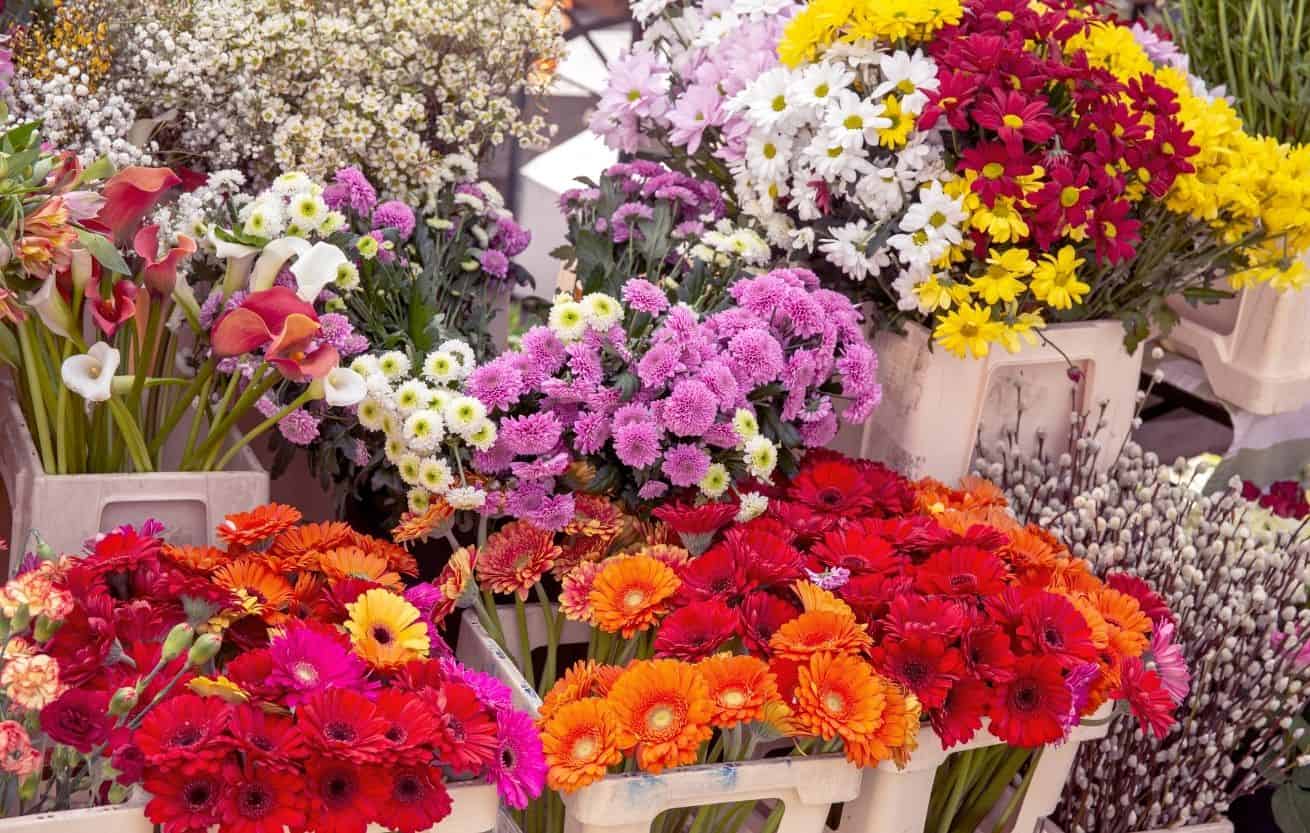





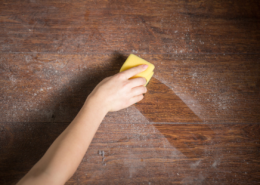


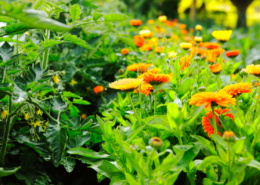



Leave a Reply
Want to join the discussion?Feel free to contribute!